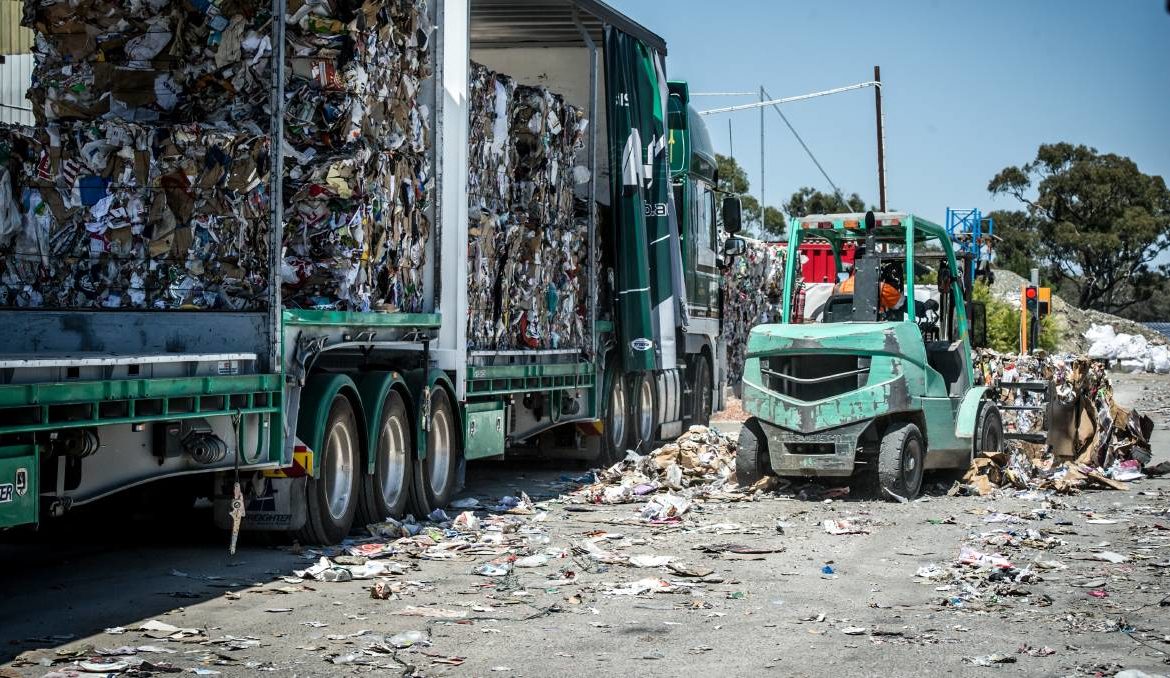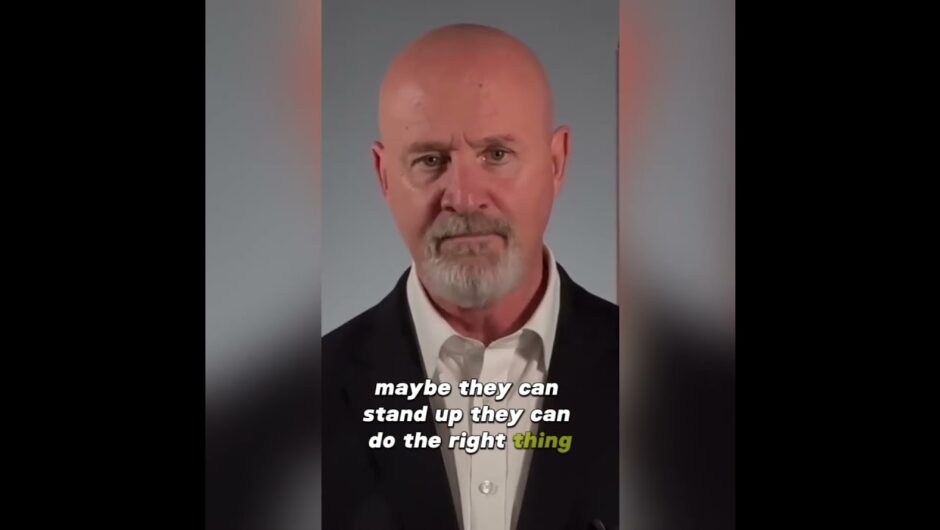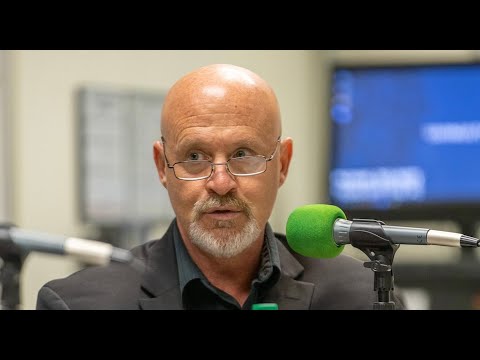news, environment, circular economy, recycling, csiro, csiro roadmap, sophie lewis
The ACT has the potential to become a national leader in waste management strategy by focusing more on a circular economy, according to the territory’s sustainability and environment commissioner. In the wake of a new report released by the CSIRO detailing a national plan for waste recovery, Dr Sophie Lewis said Canberra had the potential to spearhead those efforts. “We could lead in terms of government procurement to support the circular economy, and also in terms of the interaction between business and government,” Dr Lewis said. “We have businesses that are built on [a circular economy] model, and we could be celebrating and supporting that.” The National Circular Economy Roadmap, released by the CSIRO, detailed new nationwide strategies for reclaiming billions of dollars in waste by saving larger amounts of materials such as plastic, glass and tyres from entering landfill. New products would then be created from the recycled material, which would go on to create new jobs, according to the CSIRO. The report found increasing Australia’s waste recovery rate by 5 per cent would add an estimated $1 billion to the national GDP and could triple the amount of jobs in the resource recovery sector. According to the roadmap, last year’s ban by the federal government on exporting waste created a new opportunity for a circular economy strategy and a renewed emphasis on increasing recycling rates. However, Dr Lewis said more was also needed to be done to reduce waste levels by cutting consumption of products before they ended up in landfill or went through recycling processes. “From our perspective, we’re thinking about not just a roadmap to those materials to process them and use them again, but consumption in the first place, and reducing the need to repurpose those materials,” she said. “It’s really about the beginning of the process before people reuse or recycle them. “You always need to think about how sustainable it is to consume those products in the first place, and then build an economy around that.” The Office of the Commissioner for Sustainability and the Environment had previously released a position paper on the issue of a circular economy in 2019. The ACT government has said it wanted to increase the territory’s recycling rate to 90 per cent by 2025, after it had plateaued at 70 per cent during the past decade. It’s estimated 300,000 tonnes of waste was being sent to ACT landfill each year. Dr Lewis said for any circular economy plan to be a success, other states and territories needed to be on board as well. “We need to talk across jurisdictions, and it can’t be just one jurisdiction that has the facilities to manage the waste stream,” she said. “There needs to be an interconnectedness, and that’s part of the cultural shift we’re talking about with a circular economy.” CSIRO project leader for the circular economy roadmap Heinz Schandl said Australian industries were prepared for such a transition to a great focus on resource recovery. “We have excellent recycling businesses already in Australia and they’re just ready for certainty in the marketplace to invest or to create full supply chains,” Dr Schandl said. “The industry is ready and prepared for the right signals, especially when state and territory governments are looking around recycling rates. “There’s still a lot that the ACT can do.” Our journalists work hard to provide local, up-to-date news to the community. This is how you can continue to access our trusted content:
/images/transform/v1/crop/frm/fdcx/doc73nngak79u0stdosia3.jpg/r0_365_4067_2663_w1200_h678_fmax.jpg
The ACT has the potential to become a national leader in waste management strategy by focusing more on a circular economy, according to the territory’s sustainability and environment commissioner.
In the wake of a new report released by the CSIRO detailing a national plan for waste recovery, Dr Sophie Lewis said Canberra had the potential to spearhead those efforts.
“We could lead in terms of government procurement to support the circular economy, and also in terms of the interaction between business and government,” Dr Lewis said.
“We have businesses that are built on [a circular economy] model, and we could be celebrating and supporting that.”
The National Circular Economy Roadmap, released by the CSIRO, detailed new nationwide strategies for reclaiming billions of dollars in waste by saving larger amounts of materials such as plastic, glass and tyres from entering landfill.
New products would then be created from the recycled material, which would go on to create new jobs, according to the CSIRO.
The report found increasing Australia’s waste recovery rate by 5 per cent would add an estimated $1 billion to the national GDP and could triple the amount of jobs in the resource recovery sector.
According to the roadmap, last year’s ban by the federal government on exporting waste created a new opportunity for a circular economy strategy and a renewed emphasis on increasing recycling rates.
However, Dr Lewis said more was also needed to be done to reduce waste levels by cutting consumption of products before they ended up in landfill or went through recycling processes.
ACT Commissioner for Sustainability and the Environment, Dr Sophie Lewis. Picture: UNSW Canberra
“From our perspective, we’re thinking about not just a roadmap to those materials to process them and use them again, but consumption in the first place, and reducing the need to repurpose those materials,” she said.
“It’s really about the beginning of the process before people reuse or recycle them.
“You always need to think about how sustainable it is to consume those products in the first place, and then build an economy around that.”
The Office of the Commissioner for Sustainability and the Environment had previously released a position paper on the issue of a circular economy in 2019.
It’s estimated 300,000 tonnes of waste was being sent to ACT landfill each year.
Dr Lewis said for any circular economy plan to be a success, other states and territories needed to be on board as well.
“We need to talk across jurisdictions, and it can’t be just one jurisdiction that has the facilities to manage the waste stream,” she said.
“There needs to be an interconnectedness, and that’s part of the cultural shift we’re talking about with a circular economy.”
CSIRO project leader for the circular economy roadmap Heinz Schandl said Australian industries were prepared for such a transition to a great focus on resource recovery.
“We have excellent recycling businesses already in Australia and they’re just ready for certainty in the marketplace to invest or to create full supply chains,” Dr Schandl said.
“The industry is ready and prepared for the right signals, especially when state and territory governments are looking around recycling rates.
“There’s still a lot that the ACT can do.”
Our journalists work hard to provide local, up-to-date news to the community. This is how you can continue to access our trusted content:







